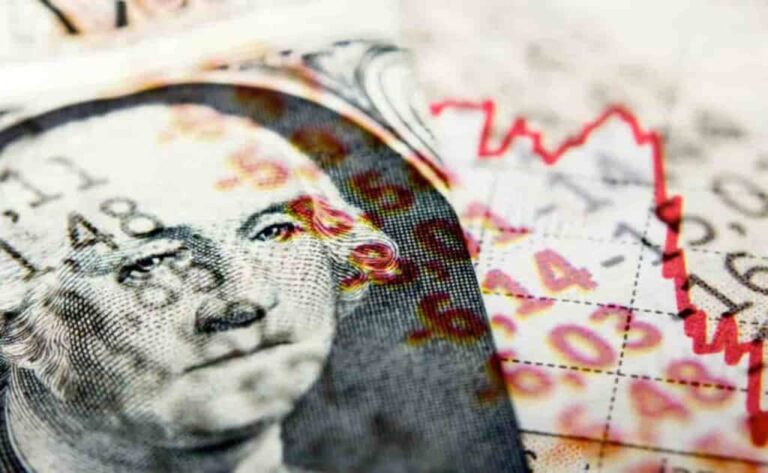
The U.S. economy in 2025 is showing mixed signals, with roughly a third of industries already in recession. According to Mark Zandi, chief economist at Moody’s Analytics, this uneven economic performance highlights elevated risks of an overall recession.
Recession Signals: Industries Already Contracting
In a recent post on X (formerly Twitter), Zandi categorized the U.S. economy into three clear segments: one-third of industries are expanding, one-third are stagnant, and one-third are contracting. The six sectors experiencing significant contraction account for nearly 20% of the country’s economic output. These include:
- Manufacturing: Responsible for 10.2% of economic output, manufacturing has faced pressures from higher tariffs, stricter trade policies, and weakening global demand.
- Transportation and Distribution: This sector, contributing 9.4%, has been negatively impacted by rising labor costs and budget cuts.
- Construction: With a 4.6% share in the economy, construction remains highly sensitive to changes in public spending and tighter immigration policies.
- Federal Government: Accounting for 3.7%, the federal sector is strained by budget limitations and policy pressures.
- Mining: Representing 1.4%, this sector has been hit by declining investment and regulatory challenges.
- Agriculture: Making up just 0.9%, agriculture continues to navigate risks such as climate impacts and fluctuating commodity prices.
These trends paint a concerning picture, as sectors like manufacturing and construction, which are often leading indicators of economic health, are under significant strain.
Which Industries Are Resilient?
While many sectors are contracting, others have shown resilience. For instance:
- Healthcare: Continues to grow because of increasing demand for medical services and cutting-edge innovations.
- Technology: Still expanding, driven by investments in artificial intelligence, cybersecurity, and advanced computing.
- Real Estate: Accounting for 14.1% of the economy, this sector has seen modest growth, particularly in housing rents, despite weaker overall conditions.
Zandi also emphasized that while these industries are stable, their performance hinges on avoiding spillovers from weaker sectors, which could tip the broader economy into a full-blown recession.
What This Means for Businesses and Individuals
For businesses, now is the time to evaluate market vulnerabilities and seek opportunities in resilient sectors like healthcare and technology. Individuals, on the other hand, may want to adjust their investment strategies, focusing on areas showing stability or modest growth.
If you’re interested in preparing for economic uncertainty, explore eToro’s platform, which allows you to invest in a range of assets, including stocks and cryptocurrencies, with industry-leading tools to track and engage with the market.
Final Thoughts
The mixed state of the U.S. economy in 2025 signals caution for both policymakers and individuals. With one-third of industries already in decline, recession risks remain higher than ever. By staying informed and strategically investing, it’s possible to navigate these challenges effectively.





